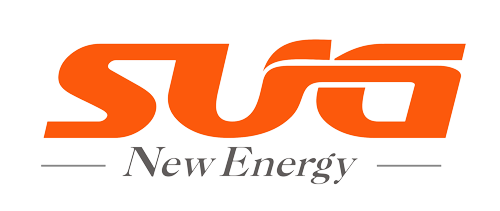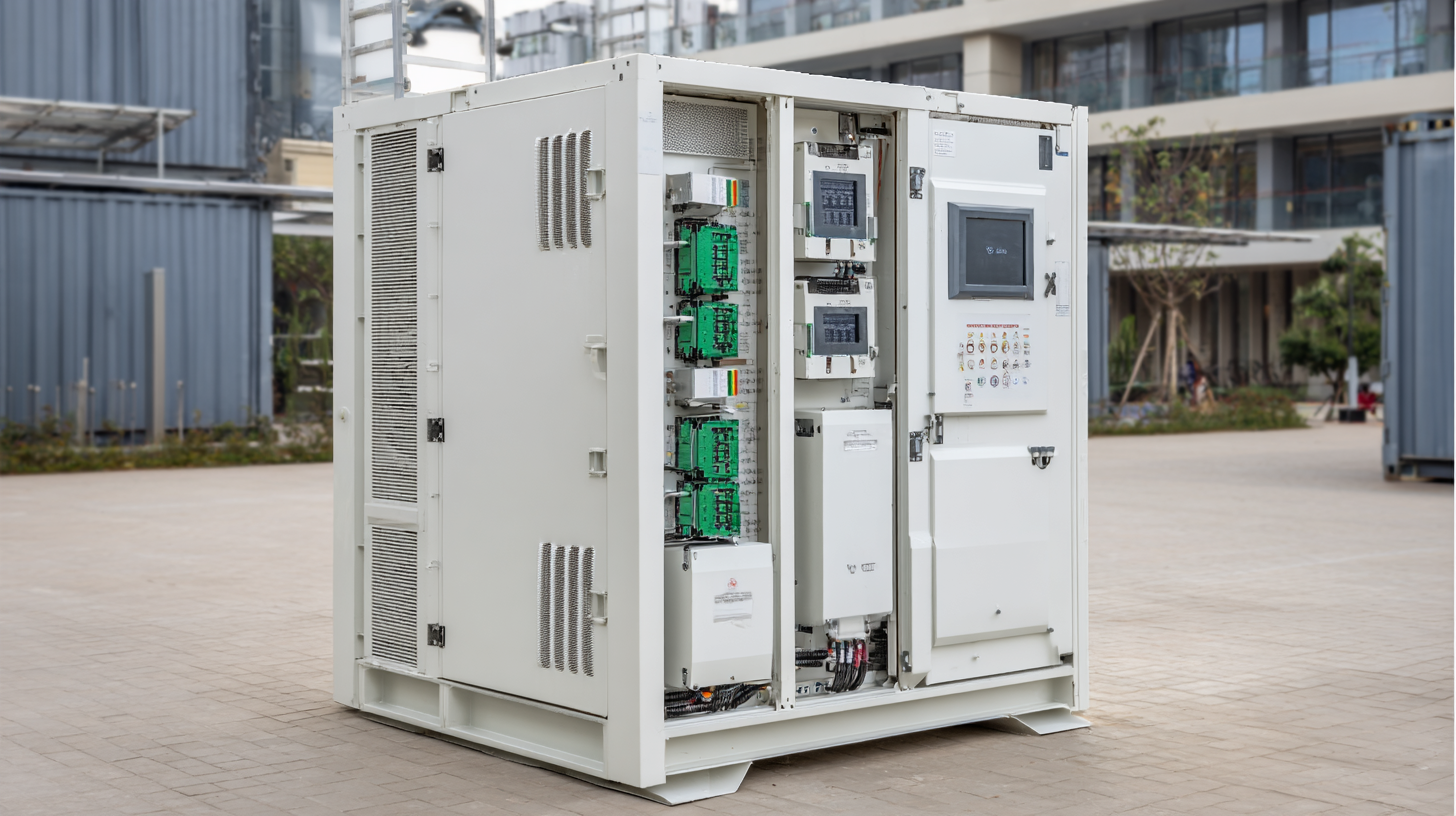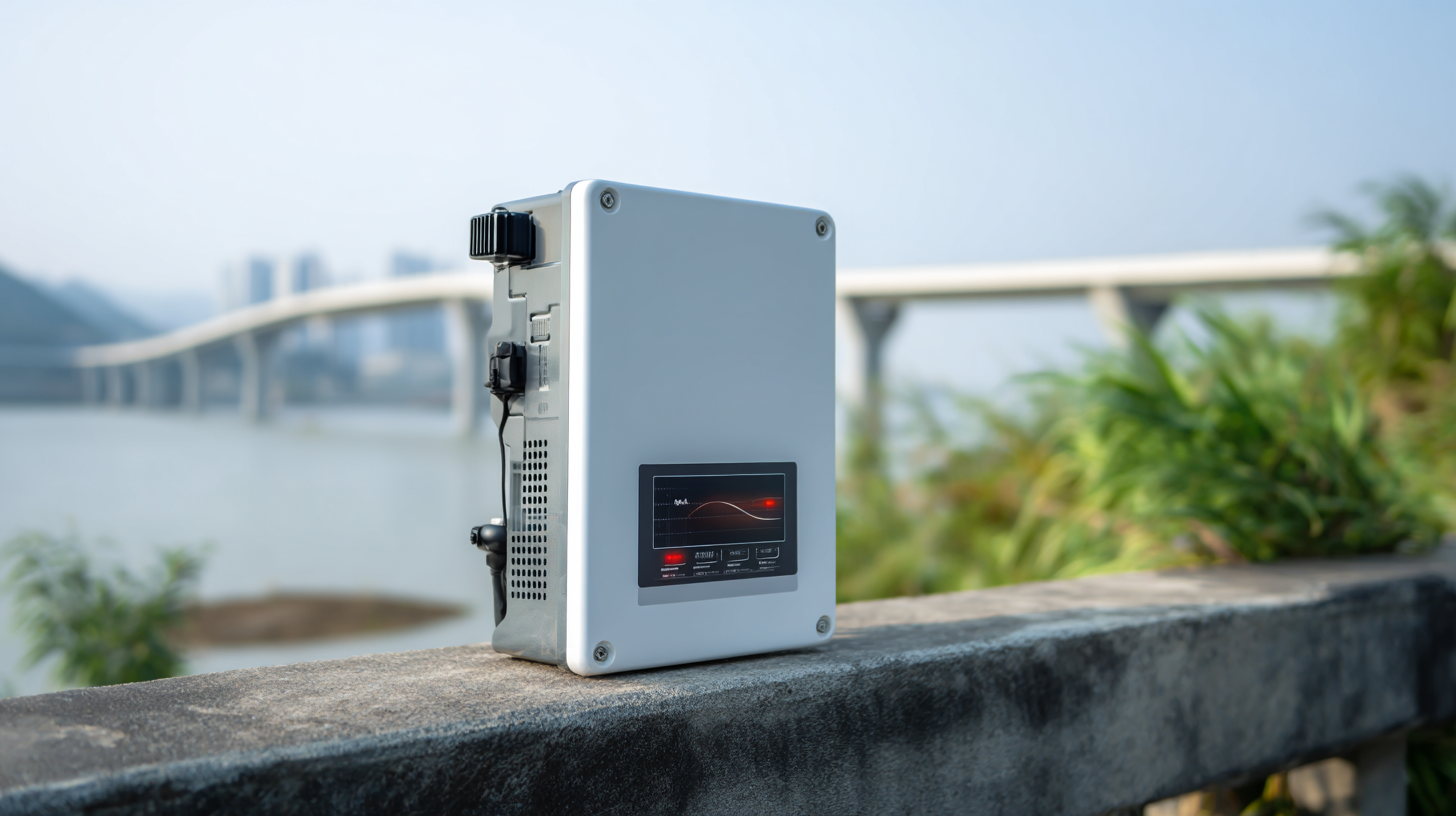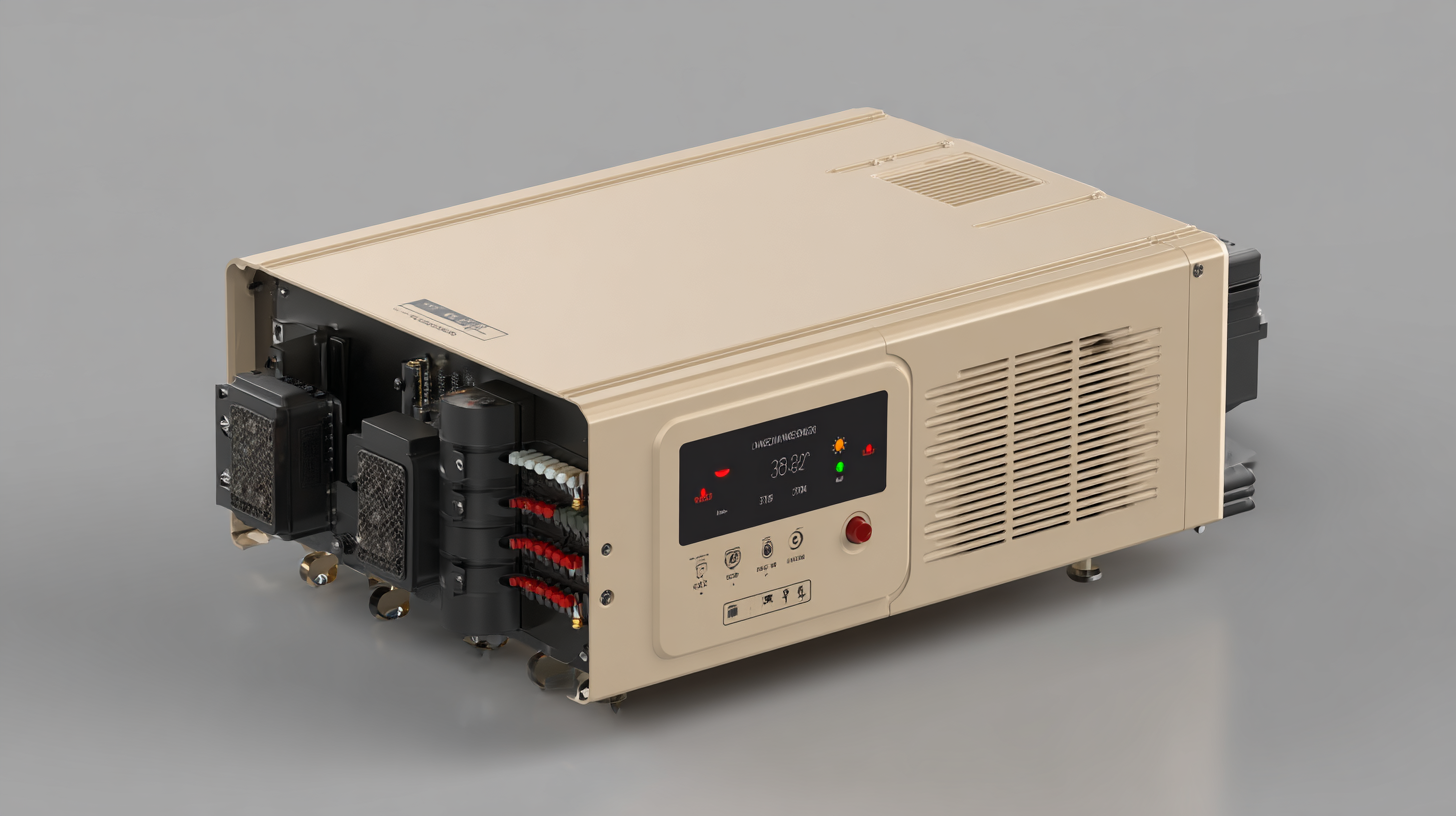
As the solar energy industry continues to evolve, the adoption of advanced technologies like the Bidirectional Solar Inverter has become essential for maximizing efficiency and sustainability. According to the International Energy Agency, global solar photovoltaic capacity is projected to surpass 2,800 GW by 2025, highlighting the increasing reliance on innovative energy solutions.

Bidirectional solar inverters play a crucial role in this transition, enabling seamless energy flow between solar panels and the power grid while allowing homeowners to efficiently manage energy consumption and storage. This comprehensive guide will explore the distinct features and diverse applications of the best bidirectional solar inverters available today, providing global buyers with a robust checklist to navigate their purchasing decisions and enhance their renewable energy systems.
Bidirectional solar inverters are revolutionizing the energy landscape by enabling seamless energy flow between solar panels, storage systems, and the grid. One of the standout characteristics of these inverters is their ability to not only convert DC power generated by solar panels into AC power for household use but also to allow energy to flow back to the grid or store it in batteries. This flexibility significantly enhances energy efficiency and utilization, which sets them apart in global markets. As consumers increasingly seek sustainable energy solutions, the importance of these unique features cannot be overstated.
Recently, advancements in technology have made bidirectional charging capabilities more accessible, with notable strides seen in electric vehicles. For instance, preparations for bidirectional charging in popular EV models hint at a future where these vehicles can serve as mobile energy storage units, further intertwining the automotive and energy sectors. This could allow users to harness stored energy during peak demand times, creating a win-win scenario for both individual users and the larger grid. As the global PV inverter market is expected to experience substantial growth, it is clear that bidirectional solar inverters will play a pivotal role in shaping sustainable energy practices worldwide.
Bidirectional solar inverters are revolutionizing home energy systems by allowing seamless energy flow between solar panels, battery storage, and the grid. One of the primary advantages of these inverters is their ability to convert solar energy into usable electricity while also managing energy storage. This means homeowners can optimize their energy consumption by storing excess power generated during sunny days for use during periods of low sunlight or high energy demand. The flexibility enhances energy independence, enabling households to reduce reliance on traditional grid electricity and minimizing energy bills.

Moreover, bidirectional solar inverters support smart energy management, making them ideal for homes equipped with electric vehicles or battery storage systems. They can intelligently decide when to store energy and when to draw from the grid, following the most cost-effective strategies. By integrating these systems into a home, users can take advantage of time-of-use rates, charging their batteries when electricity is cheaper and feeding energy back to the grid during peak pricing. This capability not only supports individual energy savings but also contributes to a more balanced and sustainable energy system on a larger scale.
When choosing a bidirectional solar inverter, several crucial factors need to be meticulously considered to ensure that you select a model that fits both your energy needs and environmental concerns. First and foremost, evaluate the inverter’s efficiency rating. A higher efficiency translates to better energy conversion and more savings on your utility bills. Additionally, with the increasing integration of generative AI in solar technologies, opting for smart inverters can significantly elevate system performance and sustainability. These advanced systems optimize energy management and adapt to varying loads, making them a great investment for future-focused buyers.
Tips to consider include checking the warranty and service support offered by manufacturers, as a solid warranty can indicate product reliability and longevity. Also, analyze the inverter's compatibility with renewable energy sources—especially if you plan to incorporate wind energy or battery storage in the future. Lastly, ensure that the inverter meets the latest safety and efficiency standards in your region, which is essential for long-term performance and compliance with regulations. By staying informed on these key aspects, buyers can navigate the options available and make a choice that enhances not only their energy independence but also their contribution to a sustainable future.
When exploring the best bidirectional solar inverters, it’s essential to understand the distinct features and technologies that top brands offer. These inverters not only convert solar energy into usable electricity but also facilitate bidirectional charging, allowing electric vehicles (EVs) to act as energy storage systems for homes. This functionality is increasingly sought after, especially as homeowners look for ways to enhance their energy independence. Key aspects to consider include efficiency ratings, integration capabilities with home energy systems, and smart management features that optimize energy usage.
 Many leading brands in the market differentiate themselves through advanced technologies that cater to both solar energy conversion and EV charging. The integration of solar, energy storage, and bi-directional charging into one seamless system is a game changer for users who wish to maximize their energy efficiency. These systems can intelligently manage energy flow, ensuring that homeowners can utilize stored solar energy during peak demand times or even charge their EVs efficiently. As the demand for sustainable energy solutions grows, understanding the nuances of these technologies becomes crucial for global buyers looking to make informed investments.
Many leading brands in the market differentiate themselves through advanced technologies that cater to both solar energy conversion and EV charging. The integration of solar, energy storage, and bi-directional charging into one seamless system is a game changer for users who wish to maximize their energy efficiency. These systems can intelligently manage energy flow, ensuring that homeowners can utilize stored solar energy during peak demand times or even charge their EVs efficiently. As the demand for sustainable energy solutions grows, understanding the nuances of these technologies becomes crucial for global buyers looking to make informed investments.
Bidirectional solar inverters are transforming the renewable energy landscape by enabling seamless energy flow between solar panels and energy storage systems. These inverters not only allow homeowners to harness solar energy but also facilitate energy consumption management. For instance, in residential settings, they can switch between using solar energy and drawn grid energy, optimizing for cost savings while reducing carbon footprints. Moreover, in commercial applications, these inverters support energy trading and demand response initiatives, enhancing energy efficiency.
Tips: When considering a bidirectional solar inverter, assess your energy needs and patterns. A thorough understanding of your electricity consumption can help you choose an inverter that maximizes efficiency and savings. Additionally, pay attention to compatibility with various battery storage systems, as this will affect overall system performance.
Real-world applications are numerous. Commercial enterprises are increasingly adopting bidirectional inverters for their ability to store excess solar energy that can be used during peak demand periods, thus lowering electricity costs. In agricultural settings, farmers use these systems to power irrigation and other machinery, effectively becoming energy-independent while promoting sustainable practices.
Tips: Ensure you stay updated on regulatory policies and incentives related to solar energy in your area, as these can significantly impact the return on investment for bidirectional solar systems.